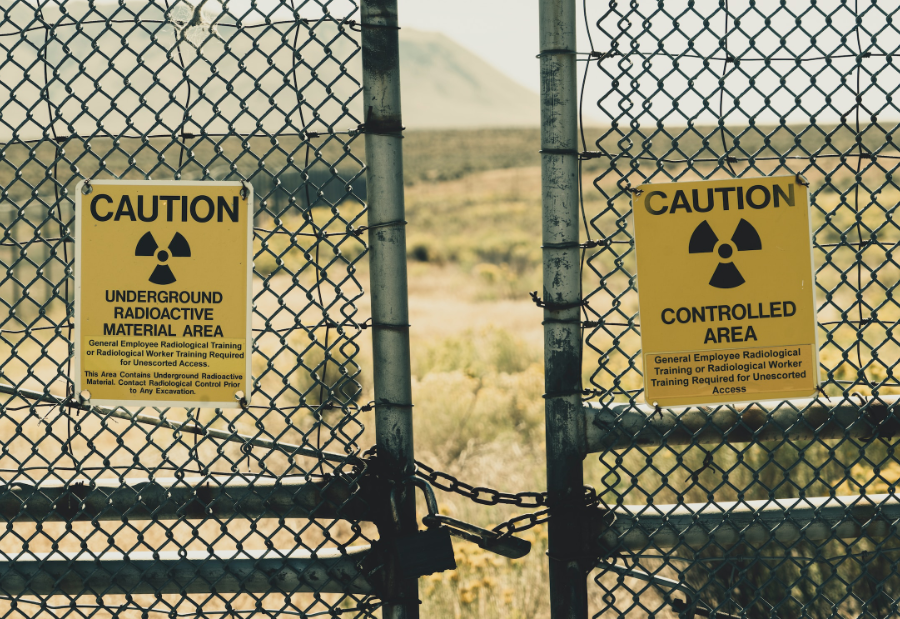A nurse once told me many health professionals don’t report female genital mutilation (FGM) because it could result in children being taken away from their parents. This fact, she said, is weighed against the potential for future harm being negligible because the procedure has already been performed and the parents are fundamentally good people.
I’m sure she’s right that most people who perform FGM on their daughters are good people, just as most people who cut the genitals of their sons in the absence of medical necessity when they are too young to consent are also good people. Of course, just because parents believe they are doing the right thing doesn’t mean they are.
At least our laws make it clear FGM is wrong. FGM is criminalised in every Australian state and territory with no religious exceptions. So problem solved, right? Unfortunately not. Australia has only had one successful prosecution for FGM despite it having been criminalised for decades, and its success hinged on a guilty plea.
An estimated 53,000 women living in Australia but born elsewhere have been subjected to FGM. Girls born in Australia to parents from countries where FGM is common are deemed at risk of FGM, but it remains unknown how many are subjected to it. Even so, with only one successful prosecution in decades the current approach clearly isn’t working.
I’m not saying we should repeal our criminal laws against FGM. The fact is we have laws against all sorts of things and people still break them, but that doesn’t mean we should get rid of the laws. As the former Tasmanian Commissioner for Children and my predecessor as chair of The Darbon Institute Paul Mason once said:
“We have laws against all sorts of things and the crime still continues. The law against murder hasn’t stopped people from killing each other, but it is now well accepted in our culture that is something you don’t do. And that’s I think where we need to go with unnecessary surgery on all children.”
While the criminal law sends a strong signal a practice is wrong, it is ineffective at stopping FGM on its own. The problem is not the criminal law; the problem is a response that hinges on it entirely.
The solution lies in acknowledging that the non-consensual, medically unnecessary genital cutting of children will continue for as long as it remains socially and legally permissible.
Change can only be achieved through widespread understanding of the harms of these practices and a comprehensive legislative and regulatory approach that does more than simply ban them.
We need to introduce civil laws that prohibit the non-consensual, medically deferrable genital cutting of any child, regardless of their sex or gender. And we need a public education campaign so that people are aware of the law, as well as the harms of genital cutting, which can take many forms. For example, one type of FGM involves only the removal of the female foreskin, making it the closest equivalent to male circumcision, which involves the removal of the male foreskin.
Genital cutting practices exist on a spectrum, which is why the World Health Organization and UNICEF classify non-consensual, medically unnecessary female genital cutting into four broad types of FGM:
- Type I (clitoridectomy) involves the partial or total removal of the clitoris and/or the female foreskin (clitoral hood);
- Type II (excision) involves the partial or total removal of the clitoris and the labia minora, either with or without the excision of the labia majora;
- Type III (infibulation) involves the narrowing of the vaginal opening by cutting and repositioning the labia minora and/or labia majora, with or without the removal of the clitoris; and
- Type IV (miscellaneous) consists of all other non-medical procedures that result in harm to female genitalia, and includes “pricking, piercing, incising, scraping or cauterization.”
Clearly some types of FGM are more harmful than others. Of course, all forms of genital cutting are harmful to some degree, and many result in signifiant, lifelong physical and psychological harms. So how can we fix our laws to end these harmful practices?
All FGM laws breach the right to non-discrimination because, as their name suggests, they protect only females from genital mutilation. Cut off a girl’s foreskin and you risk going to prison. Cut off a boy’s foreskin and you get to charge a fee. It isn’t right.
Why doesn’t the law have anything to say about harmful male genital cutting? A month after the first successful Australian prosecution relating to FGM in November 2021, a boy died and his brother was left fighting for his life following circumcision complications. In both cases the children were too young to consent and the circumcisions were medically unnecessary.
This tragedy could have been avoided. No family should lose their child to a medically unnecessary cosmetic procedure. Our health systems and laws must protect young boys from medically unnecessary circumcisions the same way they protect young girls from medically unnecessary genital cutting.
The criminal law alone is not enough. A fallible trial system, the power imbalance between the state and defendants, and significant penalties associated with criminal offences mean that the prosecution rightly bears a high burden of proof, with the presumption of innocence and guilt being proven beyond a reasonable doubt both fundamental principles of the criminal justice system. It’s one of the reasons why we’ve only had one successful prosecution in the decades FGM has been criminalised.
Another reason is that most survivors of FGM don’t want their family thrown in prison. Like the health professionals turning a blind eye, they know their relatives and religious authorities were only doing what they thought was right.
What most survivors of FGM want is accessible legal recourse that provides them closure for what was done to them: an apology. Redress. Reparations. It’s what most men subjected to harmful genital cutting practices want, too. As I wrote in The Final Cut: The truth about circumcision:
“What is needed to tackle non-consensual, medically unnecessary alterations of people’s bodies is a mix of civil and criminal laws, an administrative mechanism for distinguishing between medically permissible and prohibited procedures, a focus on restorative justice, a complaints-based civil regulatory scheme that adopts a human rights-based approach, and redress and support for survivors of these practices. In addition, community education and awareness campaigns about the harms of genital cutting and details of newly implemented laws and regulations are required.”
Her body, her choice. His body, his choice. Their body, their choice. It’s that simple.
Editor’s note: Article revised on 9 June 2023.
This article was originally published here on the author’s blog.
Photo by Dhaya Eddine Bentaleb on Unsplash.











